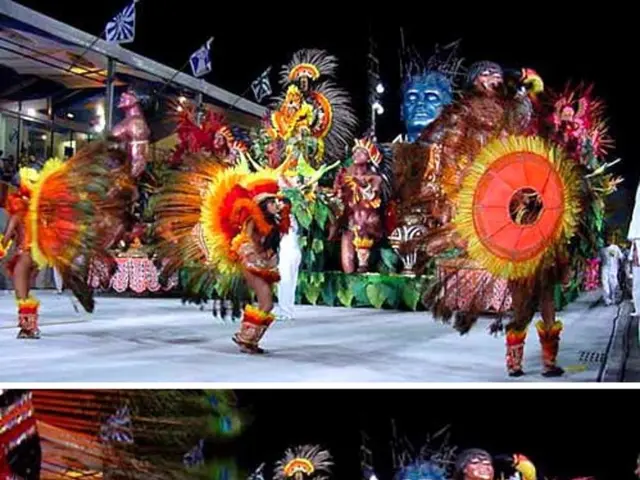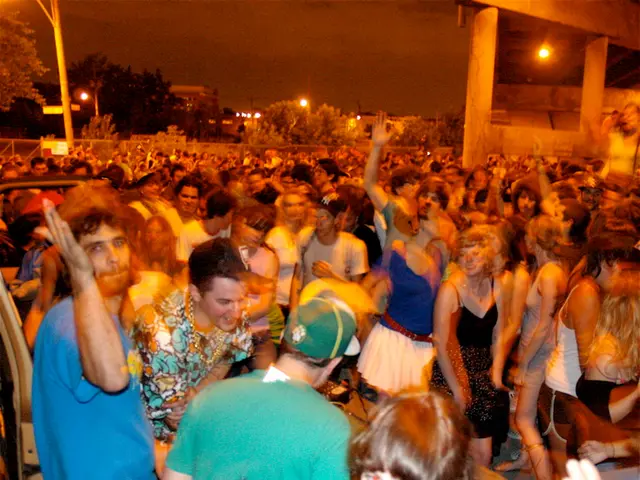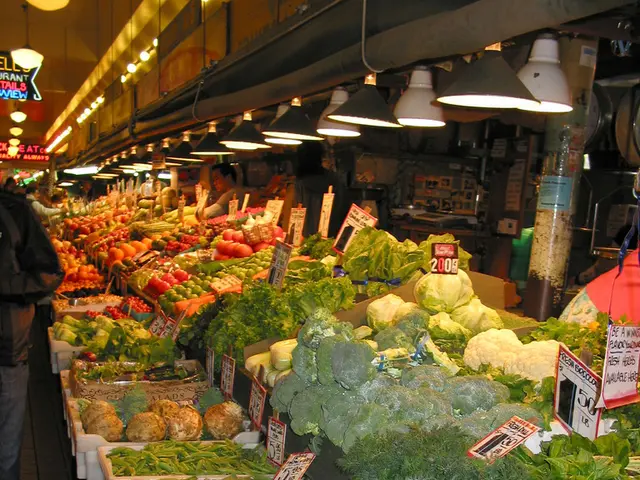Comprehensive Tutorial on Colour Correction in DaVinci Resolve, Featuring Illustrative Images and Practical Examples for Novices
DaVinci Resolve, developed by Blackmagic Design Inc., is a powerful video editing software that offers an extensive range of tools for color grading. This feature allows filmmakers and editors to adjust the color palette of a scene to create a specific atmosphere, mood, or feel.
Getting Started with Color Grading in DaVinci Resolve
To begin color grading in DaVinci Resolve, import your media, place it on a timeline, and go to Workspace > Switch to Page, and select Color. The Color Page houses all the necessary tools for adjusting colors, including color wheels, Curves tool, LUTs, scopes, and FX effects.
Color Grading Tools in DaVinci Resolve
The Color Page offers a variety of tools to help you achieve your desired color grade. Some of the essential tools are:
- Color Wheels: This tool allows for adjustments to highlights, midtones, and shadows, and can be used for tonal balance, brightness, contrast, color temperature, hue, tint, detail, and creative purposes.
- RGB Mixer: An alternative to Color Wheels for subtle changes to individual color channels and luminance.
- Curves: A powerful tool for adjusting the brightness and contrast of specific colour channels.
- LUTs: These are color filters or presets that alter all colours in a scene, enhancing colours and contrast or producing a specific style, mood, or aesthetic.
- Power Window: A better selection tool than Qualifier for altering the colours of a particular object.
- Qualifier: Allows for color grading adjustments to a specific part of the image based on hue, saturation, or luminance.
- Tracker: Ensures color grading adjustments follow an object throughout a scene when it moves.
- Other tools: Including Camera Raw, Color Match, Motion Effects, Color Warper, Magic Mask, Blur, Key, Sizing, and 3D.
Creative Color Effects with DaVinci Resolve
Beyond basic color correction, DaVinci Resolve offers over 90 GPU and CPU-accelerated FX effects for creative effects like adding blur, glows, and lens flares, vignetting, and colour effects. These tools can help you create a unique visual style for your project.
Shot Match to This Clip is another feature that matches the colour grading of one clip to another, ensuring consistency throughout your project.
Color Grading vs Color Correcting
While colour correction is necessary for accuracy, colour grading is a stylistic choice. It helps convey a certain emotion, resemble a particular time of the day or era, and subtly influence how viewers react to the scene.
Navigating the Color Page
The Color Page may not display all necessary panels initially. To access additional panels, go to Workspace > Show Panel in Workspace and check Media Pool, Timeline, and Nodes.
Nodes in DaVinci Resolve represent each step of the color grading process, and they can be added serially or in parallel, allowing for flexible and non-destructive editing.
Attribution
This guide was created by Peter Dam for educational purposes. For more tutorials and tips, be sure to check out his work.
Read also:
- Impact of Alcohol on the Human Body: Nine Aspects of Health Alteration Due to Alcohol Consumption
- Understanding the Concept of Obesity
- Tough choices on August 13, 2025 for those born under Aquarius? Consider the advantages and disadvantages to gain guidance
- Microbiome's Impact on Emotional States, Judgement, and Mental Health Conditions






